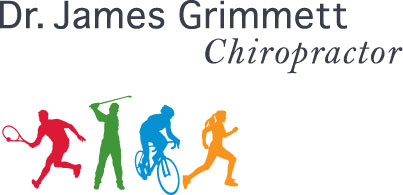Let’s just jump right in by saying perhaps this is not just an elbow problem. In diagnosing, I like to approach a problem, usually pain, by asking why is it there.
For tennis elbow, aka lateral epicondylitis, the pain is in the lateral elbow region. This is the origin of the muscles that extend the wrist. Yes, these muscles are strained and the excessive tugging at it’s origin is creating the pain. Yet treatment aimed at these muscles has not been successful.
So again, I have to ask why. There’s a reason our 3 year old keeps asking the why question. Let’s dig deeper. Perhaps the same sided shoulder is the culprit. If this shoulder’s range of motion is decreased the elbow will work excessively to compensate for this.
Is there something else that compromised the shoulder. Quite commonly the answer is yes. I won’t go down a long list of possibilities but will follow along one common pattern I see with tennis elbow.
The slouch, in particular the rounded mid-upper back with it’s accompanying lack of movement inhibits full range of overhead shoulder movement. This full range is appreciated in sports like tennis and the throwing athlete. This lack of back movement and subsequent reduced overhead shoulder movement not only puts the shoulder at risk for injury but the adjacent joint, the elbow as well.
This same mid-upper back restriction has a similar negative impact on the low back. In a motion like the tennis serve when the mid back lacks movement the low back then moves excessively to compensate for the loss of motion above. The low back is giving up some of it’s role of stability for mobility and with continued excessive load is prone to injury.
The low back, pelvis and hip work very much as a team. If one is dysfunctional so too will be the others. Wow, were at the hip and the topic here is tennis elbow. To keep going with this chain of events what can influence the hip? If you are thinking knee and foot you are spot on.
A poor postured foot such as one with a fallen arch will cause the knee to be poorly postured. A poor postured knee will result in a poor postured hip (see Feb 2016 blog on ‘centration’).
It’s not always clear what was the initial cause. Did the tennis elbow start from poor mechanism in the shoulder or foot? It may never be determined but in treating the elbow it’s imperative to think global patterning especially in stubborn cases. That is, if you want to increase your chances of success.
As complex as thinking global patterns may seem this global approach simplifies treatment. For example, a portion of the rehab for tennis elbow will commonly overlap with some of the corrective exercises for a foot problem.
A natural progression on this blog will my next on the relationship many aches and pains like tennis elbow have with poor breathing patterns…
